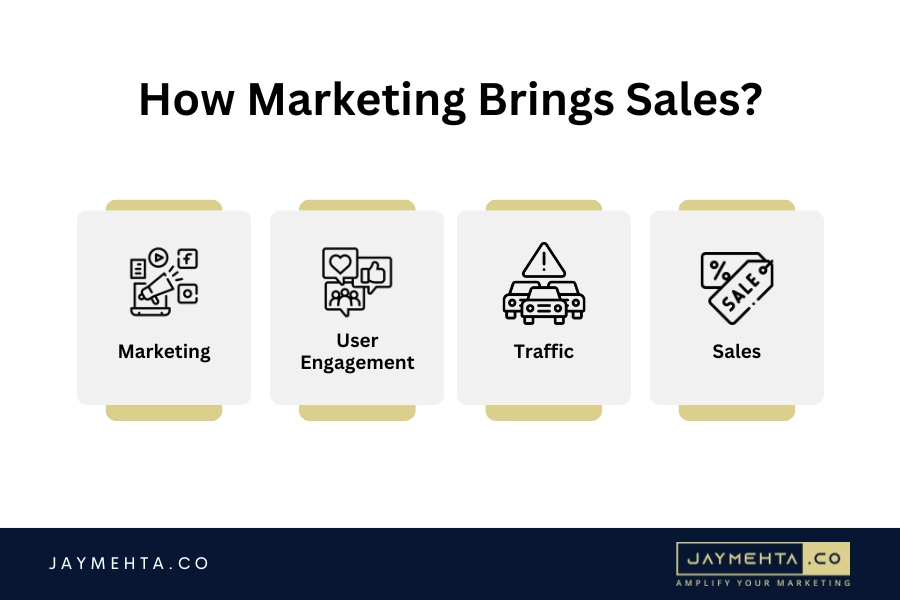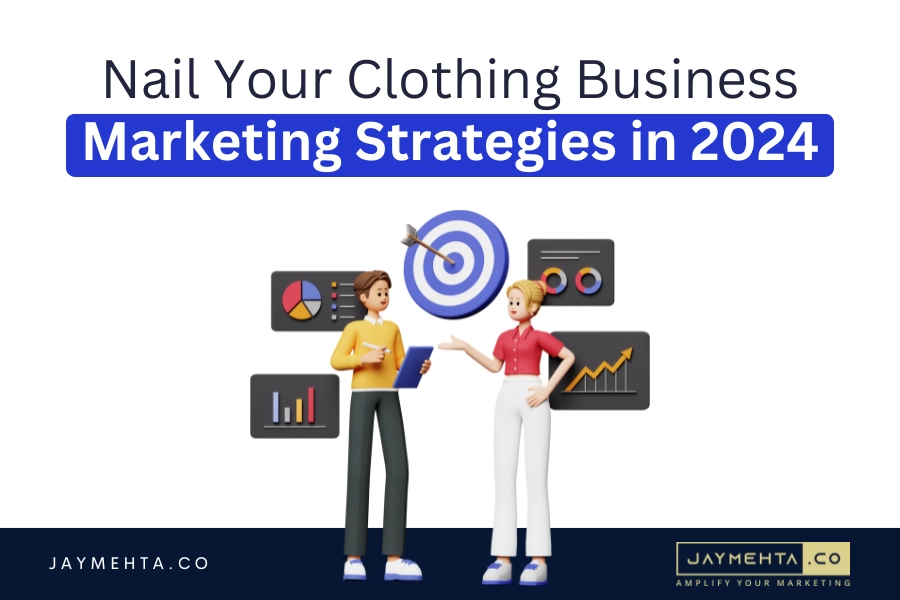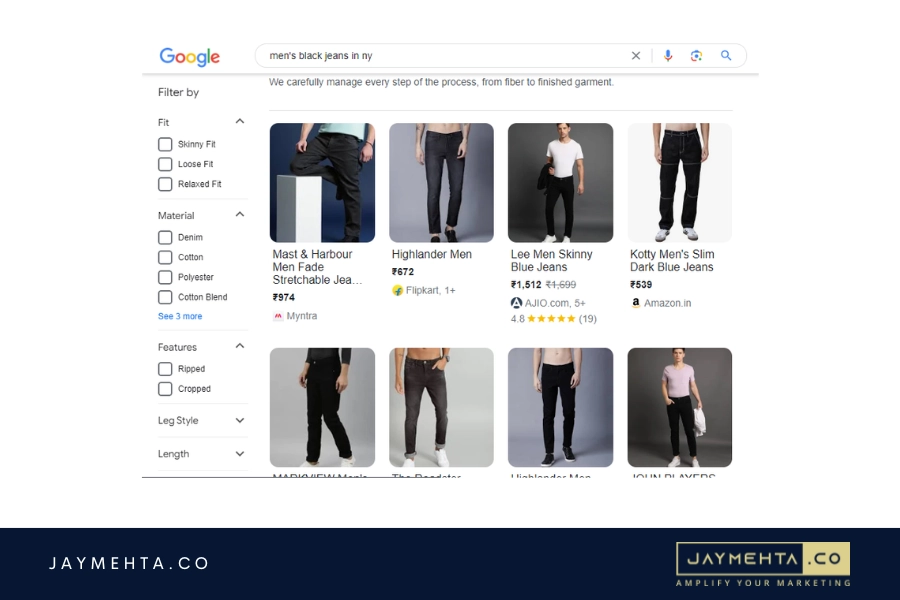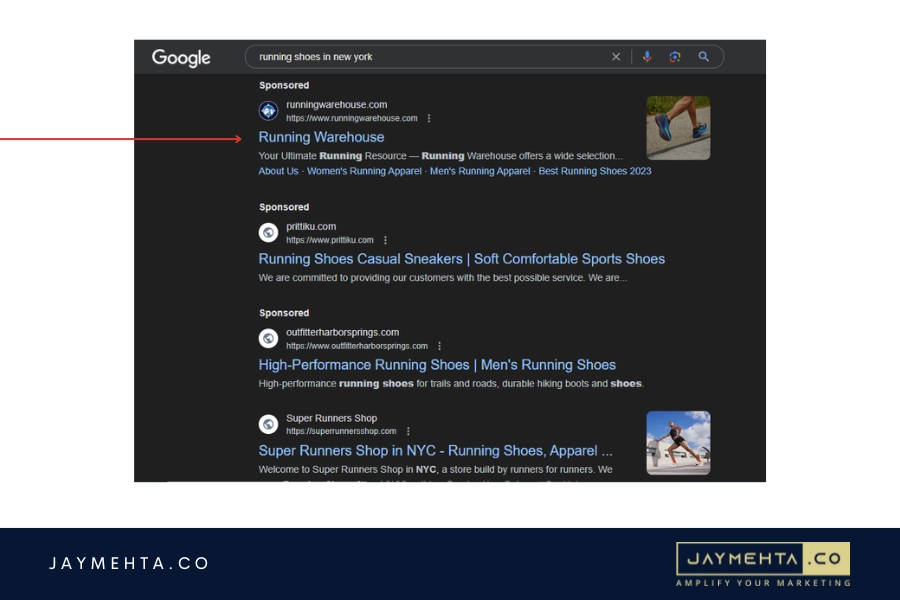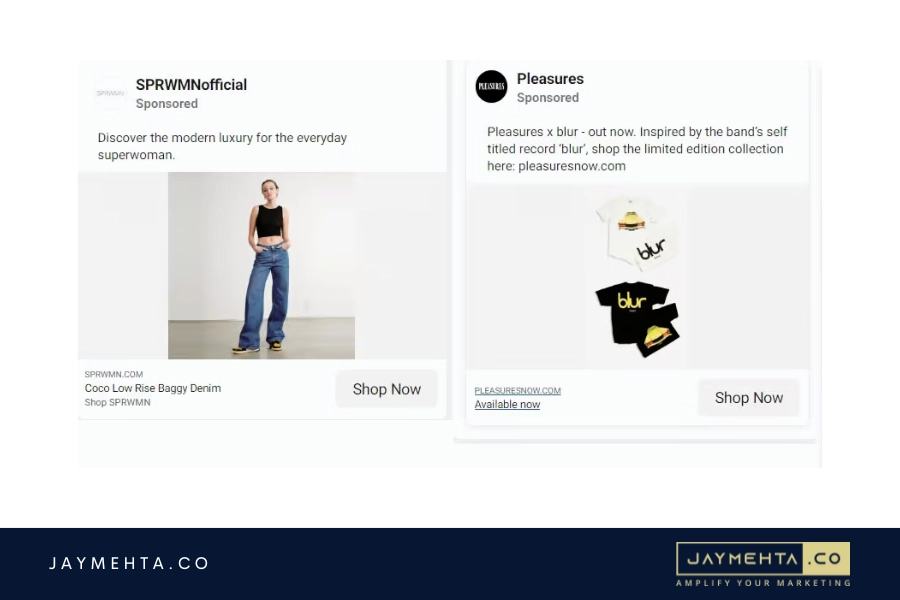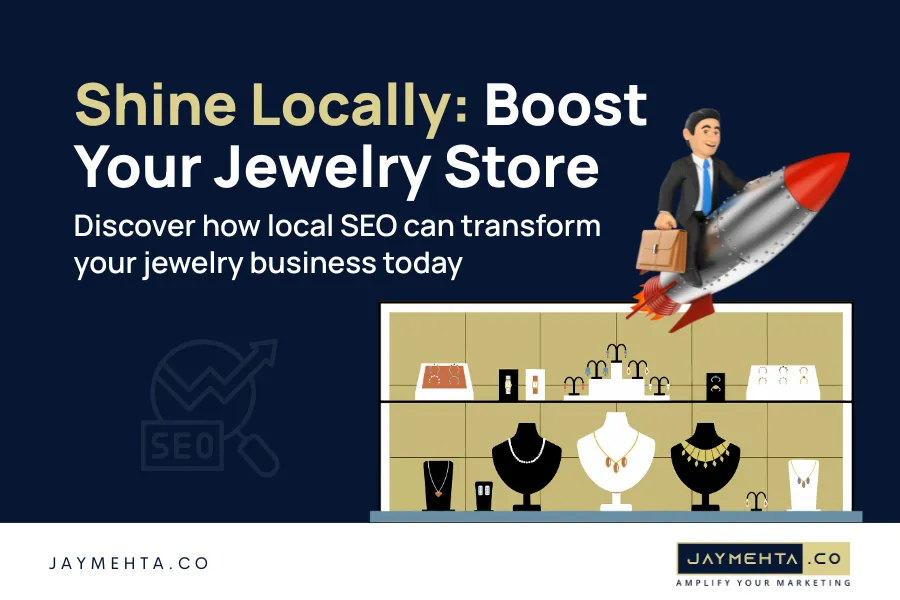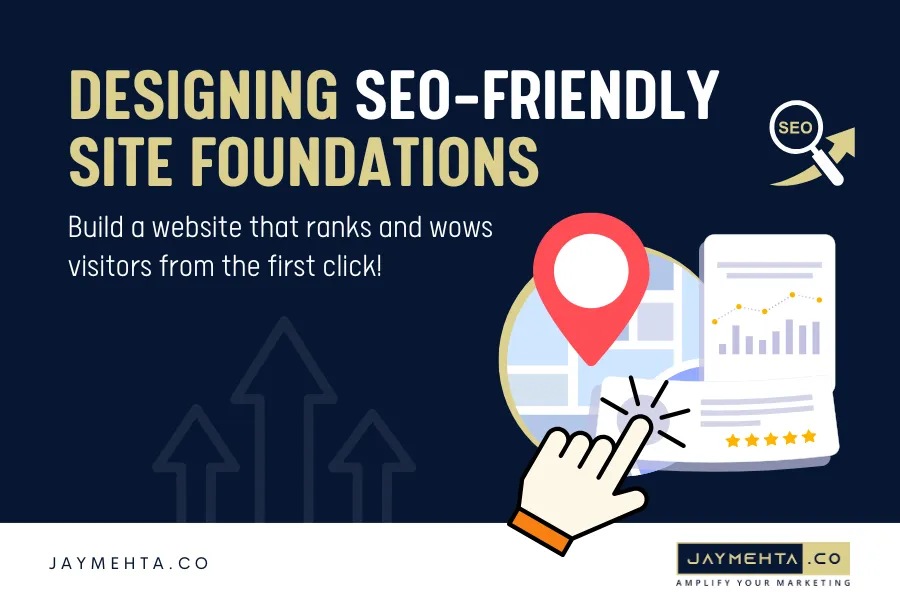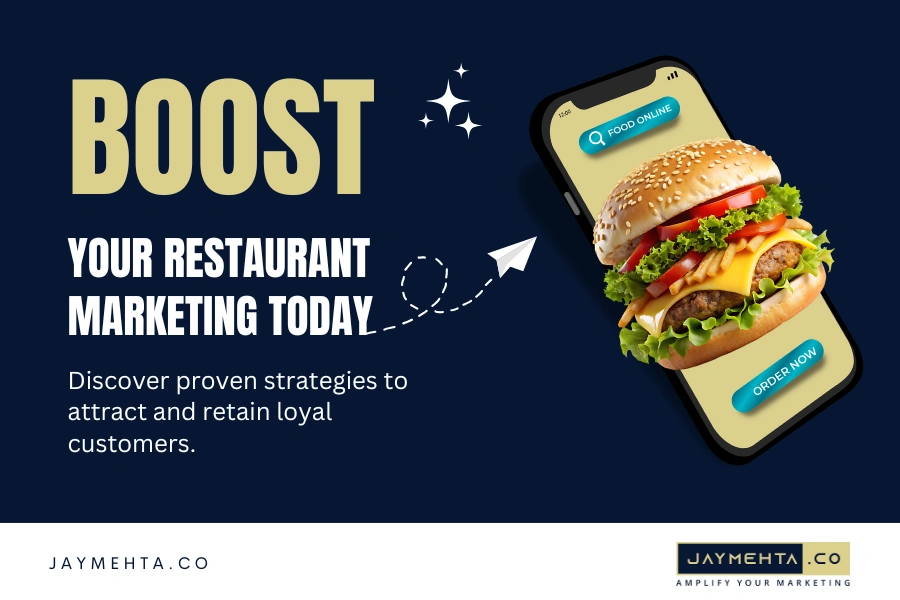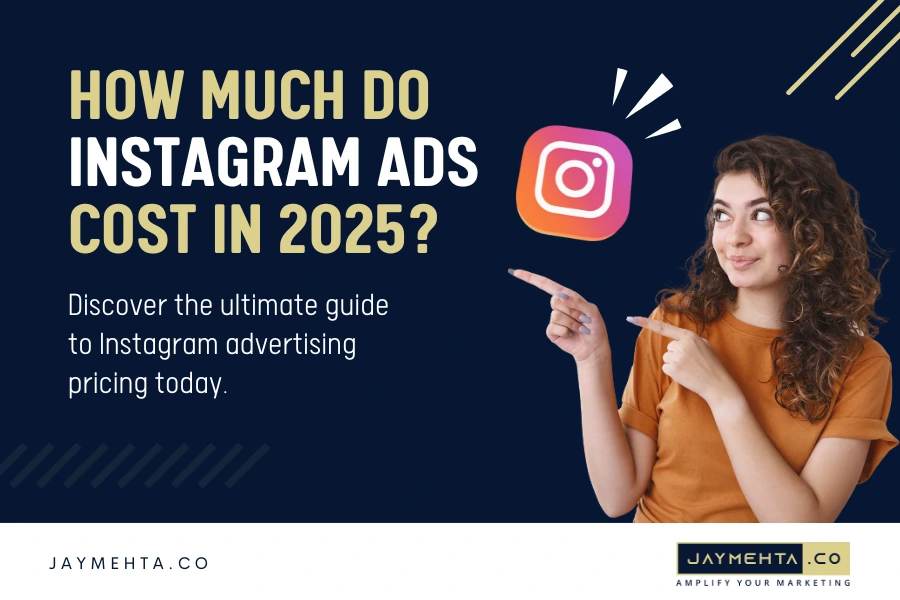With the advent of no-code eCommerce platforms, we find ourselves in an era where the reach of online stores transcends geographical boundaries. The growth of no-code ecommerce platforms has helped merchants deal with uncertainty without losing their presence in the market.
Entrepreneurs in the clothing industry must adopt a strategic approach to promote their fashion products. The online market offers various options to attract and retain customers, but each method has challenges.
If you show too little information, you run the risk of losing customers due to a lack of knowledge about your products. On the other hand, if you provide too much information, you may confuse customers, leading to a potential dramatic loss of them.
When developing a brand strategy , carefully considering how it will fit within your specific context is vital. In other words, before implementing any recommended tactics, it's important to ask yourself three key questions to ensure they are appropriate for your unique situation.
-
How will it work for my current market situation?
-
Can I scale this strategy in the future?
-
What will I sacrifice by investing in this approach?
Make informed decisions based on data for sustainable growth. Before applying any tips, consider how they fit into your specific circumstances. The effectiveness of the tips depends on how well they are tailored to your needs. It's not just about what works in general but what works for you. Let's see how all of this comes together.
What is a Clothing Business Marketing Plan?
A clothing line marketing plan delineates strategies, tactics, and methodologies entrepreneurs can employ to promote their fashion brands. Its purpose is to assist fashion brands in connecting with potential customers and cultivating their loyalty.
The plan also articulates specific actions to advance the clothing business over a defined period. It encompasses goals, budgetary decisions, and digital and traditional marketing plans.
It functions as a roadmap for the tasks to be accomplished in the upcoming quarter or year and elucidates how these efforts contribute to overall growth.
Why is a Clothing Business Marketing Plan Essential?
Entrepreneurs frequently encounter challenges in effectively communicating their messages to the target audience; this is where a fashion marketing plan proves invaluable.
-
It outlines steps for ensuring the success of your clothing brand across various channels.
-
It aids in comprehending your target market and devising effective outreach strategies.
-
A meticulously crafted plan with robust strategies fosters a dedicated customer base.
-
A marketing plan also underscores your competitive advantage and distinctive features.
-
It details the marketing budget, maintaining fiscal responsibility in your spending.
A robust marketing plan sets you apart and guides every juncture of your journey. Here is a comprehensive, step-by-step guide on crafting a marketing plan for a clothing brand:
12 Clothing Business Marketing Ideas That Seriously Works
- Start by Developing a Strong Branding Strategy
- Plan Your Clothing Line Launch
- Invest in Your Website
- Maximizing Your Online Presence with Search Engine Optimization
- Generate Earned Media Exposure
- Creating Authentic and Useful Content
- Prioritizing User Experience (UX)
- Is Your Web Page Mobile-Friendly? It Needs to Be
- Incorporating Artificial Intelligence into Your Strategies
- Develop Your Marketing Strategy
- Reach New Audiences at Scale With Paid Social Advertising
- Drive Sales with Google Display Ads
Promoting and marketing your clothing line is a crucial factor for the success of any apparel business. This can help generate interest and create demand for the products. There are several strategies to effectively market and promote your clothing line, both online and offline. Let's explore some of the most impactful methods.
-
Start by Developing a Strong Branding Strategy
Establishing a robust brand identity is paramount when launching a clothing line. It involves creating a consistent look from initial designs to swing tags. Every element, including your logo and packaging, should reflect the essence of your brand. Clarifying what your brand represents will guide your decisions and make it easier for customers to recognize and remember your clothing line.
Consider these key factors when developing your brand strategy:
-
Identify your target market
-
Define your price point
-
Highlight your unique selling proposition (USP)
-
Articulate what your clothing line symbolizes
-
-
Plan Your Clothing Line Launch
Preparing for the launch of your clothing line is essential, and it involves more than just introducing the product and waiting for customers to arrive. As a newcomer, it's vital to build anticipation over time. One effective strategy is a rolling launch, which involves maintaining a continuous conversation about your product over an extended period.
Gradually releasing new products or pieces on social media is a great way to generate buzz and interest in your line. This approach helps you build a dedicated audience who eagerly anticipate launching your latest creations on the official launch day.
-
Invest in Your Website
Surprisingly, many fashion marketers neglect their websites. Your website is akin to your brand's virtual storefront. Treating it with the same care and attention as you would with a physical store window is paramount.
Although it may not be as demanding as caring for a child, the point is clear: your website's look, feel, and functionality are critical. It serves as the primary interface between your brand and potential customers. Regularly update, test, and maintain your website to ensure it looks appealing at all times, just as you would with your physical store window.
Creating a user-friendly and informative website is more critical than ever before. With the prevalence of online shopping, a well-designed website provides an excellent means to connect with potential customers and showcase your products or services. Enhance your website's visibility and user-friendliness by implementing search engine optimization techniques and ensuring easy navigation.
These measures encourage customers to explore your site and learn more about your clothing line. Numerous website developers can assist you if you lack the time or resources to build a website from scratch. If you lack the time or resources to build a website from scratch, numerous website developers are available to assist you. Once your site is up and running, ensure it includes clear photos and descriptions of your products.
Additionally, you can make your website engaging by regularly posting fresh content and videos and offering discounts. By following these steps, you can create an informative website that attracts new customers and contributes to the growth of your business.
-
Maximizing Your Online Presence with Search Engine Optimization
Search engine optimization (SEO) is the practice of identifying, utilizing, and enhancing the appropriate keywords and links to improve the visibility of your content to search engines, allowing them to index and rank it more effectively. In simple terms, SEO ensures your presence in search results.
Your digital marketing strategies may remain incomplete without proper SEO monitoring. In essence, SEO assists in directing your marketing efforts toward the relevant target audience, marketing channels, and vital business indicators.
One of the most valuable methods for capturing the attention of potential customers on your website is through organic search. These are users who discover your website through search results on platforms like Google, Bing, DuckDuckGo, and other search engines. The key question is, how can you ensure your website appears in these search results?
You must research and focus on valuable keywords that align with your potential customers' search. These are the phrases they enter into the search bar. Google regularly scans the internet to identify pages that closely match each search keyword. It's your responsibility to structure your website and its content to increase the likelihood of Google's algorithms favoring it. This process is commonly referred to as SEO.
While understanding SEO tactics per page is a good starting point, genuine advantages arise from implementing a comprehensive SEO strategy for your brand. Carefully consider the keywords you wish to rank for and the demographics most likely to search for those specific keywords.
-
Generate Earned Media Exposure
One of the most effective strategies for marketing your clothing line involves generating earned media exposure. This form of publicity is incredibly valuable as it equates to free advertising. There are several approaches to securing earned media exposure
One option is to organize a press event inviting reporters and influencers to explore your latest collection. Alternatively, you can distribute press releases to announce new products or inventory.
Additionally, you can pursue opportunities to feature your clothing line in magazines or blogs. While obtaining this level of exposure can be challenging, it's essential to recognize that earned media coverage is one of the most potent marketing tools at your disposal. By dedicating the effort to create such a buzz, you can propel your business to new heights.
-
Maintain Brand Visibility through Email Marketing
Email marketing is a powerful method for keeping your brand at the forefront of potential customers' minds. By sending regular emails, you can remind individuals that you can employ email marketing to deliver special offers and discounts about your clothing line and encourage them to purchase.
Yes, you can unveil new products or collections or keep people informed about the latest developments within your brand. Regardless of your approach, ensuring that your emails are engaging and informative is crucial.
Furthermore, remember to incorporate a call to action in every email, such as 'Shop Now' or 'Visit Our Website.' Including a call to action enhances the likelihood that people will take the next step and purchase.
-
Craft Video Marketing That Makes Your Brand Stand Out
Video content remains a dominant tool for engaging customers and driving traffic. 45% of people watch over an hour of Facebook and YouTube videos each week! Social videos generate 1200% more shares than text and images combined. Videos also yield impressive results in terms of organic traffic from search engine results pages (SERPs).
For instance, a video on a landing page is 53% more likely to appear on the first page of the SERPs. Therefore, a video marketing campaign is worth considering if you're considering launching a new clothing line.
There are various ways to utilize video marketing for your clothing line, including creating brand videos, product videos, lookbooks, behind-the-scenes videos, and more. Videos can also be used to run social media ads and direct traffic to your website.
Regardless of the type of video you create, it's essential to ensure that it is high-quality and informative. The last thing you want is for viewers to abandon your video due to boredom or low production quality. Investing in video marketing can help you reach a broad audience, engage potential customers, and boost sales.
-
Cultivate a Social Media Presence
Establishing a robust social media presence is pivotal for connecting a fashion brand with potential and existing customers. However, it's crucial to adapt your strategies according to the strengths and weaknesses of each social media platform.
Instagram is an excellent platform for fashion brands, given its users' keen interest in style and fashion. Furthermore, LinkedIn is a valuable platform for fashion brands, as its users are typically more focused on business and networking.
-
Instagram
This platform is an excellent choice for fashion brands, as its users are strongly interested in style and fashion. With over 1 billion monthly active users, Instagram ranks among the most popular social media platforms. It provides an invaluable space for fashion brands to share photos and videos of their products and behind-the-scenes content, all at no cost.
Instagram Stories provide an effective way to engage potential customers and provide them with an exclusive peek behind the scenes of your brand. Additionally, you can use Instagram ads to expand your reach and drive traffic to your website.
-
LinkedIn
LinkedIn is often an overlooked platform for fashion brands, yet it can be highly advantageous, especially if your target audience is more focused on business and networking. This platform allows you to share content about your brand, articles, and blog posts related to the fashion industry. Moreover, LinkedIn ads are valuable for reaching potential customers and directing traffic to your website.
-
Facebook
Facebook is another excellent platform for fashion brands. With over 2 billion monthly active users, it provides access to a vast audience. You can share photos and videos of your products and offer behind-the-scenes content.
Additionally, Facebook ads are an effective means of reaching potential customers and driving traffic to your website. Facebook also offers various features tailored to the needs of fashion brands, including creating a brand page and hosting live videos.
-
Twitter
Twitter is a suitable platform for fashion brands, allowing you to share brief updates about your products and brand. It can also be used to engage with potential and existing customers. Twitter ads effectively reach potential customers and drive traffic to your website.
Producing high-quality, engaging, informative content is crucial regardless of your selected platforms. This approach will help you foster brand loyalty and attract new customers.
If you're still uncertain about how to promote your clothing line, consider consulting with a digital marketing firm. With their extensive experience in this field, they can assist you in finding suitable suppliers and establishing a sustainable production process that positively reflects your brand.
-
-
-
Creating Authentic and Useful Content
Marketing often involves numbers and impersonal strategies to entice customers to purchase. However, one often overlooked aspect of a successful marketing strategy for clothing businesses is creating authentic and engaging content, especially if it's personalized. For instance, consider providing your audience with style guides, outfit recommendations, and updates on the latest trends through emails.
Fostering genuine interest in email newsletters and other content can help you build stronger customer loyalty and encourage repeat sales. Integrating this approach into your fashion marketing plan can prove highly valuable.
-
Taking Inspiration from Tommy Hilfiger’s Email Marketing Success
Consider the success of Tommy Hilfiger's email marketing. It accomplishes several key objectives. First, it aligns perfectly with its image as a luxury brand, creating an exclusive atmosphere that makes customers feel refined and rewarded for shopping with them. Additionally, their emails include exclusive offers and sales, enhancing customers' sense of exclusivity and belonging.
-
Leveraging a Blog for Organic Traffic
Did you know that 85% of millennial customers conduct research before purchasing, and 60% of that research happens on a company's website? This is where having a blog can be a game-changer. A blog showcases your expertise in the fashion industry, making it a one-stop destination for everything related to your brand and the industry.
Furthermore, a well-crafted blog can drive engagement, encourage social media shares, and nurture a deeper relationship between your brand and customers. In today's digital landscape, content marketing is a crucial strategy. The beauty of the fashion industry is that you can start a blog without a separate website. Why? because fashion encompasses a wide range of topics that pique human interest.
Millions of users turn to Google for advice on color schemes, event styles, accessory compatibility, and more—all integral parts of fashion. As a brand owner, understanding this and offering valuable tips builds trust.
When your suggestions help users enhance their real-world appearance, they'll naturally gravitate towards your brand to maintain that level. A compelling and informative blog elevates your recognition and, by extension, your brand's popularity.
Each blog post creates a new landing page for your audience, serving as a platform for news and updates. Your blog can showcase new styles with real-life examples to help your audience adapt to different seasons. In essence, a blog fosters a close connection with your target audience, enhances brand recognition, and builds trust.
-
-
Prioritizing User Experience (UX)
When building your website to promote your fashion brand, focusing on the user experience (UX) is crucial. This isn't just about the website's appearance and overall feel. Put yourself in your potential customer's shoes and consider how they will interact with your website.
Is it easy to find your online shop? Can users navigate to their desired destination seamlessly? Does the website design align with your brand's identity? Answering these questions is vital.
Pay special attention to elements like a high-quality logo, easily accessible buttons like the shopping cart, and a user-friendly navigation bar to ensure your website's success.
-
Is Your Web Page Mobile-Friendly? It Needs to Be
It's essential to ensure your website is mobile-friendly. Nowadays, almost half of all internet traffic is generated by mobile phone users. Be it in their free time or just before going to bed.
There has been a significant surge in people scrolling through their phones to learn about products or simply 'window shop.' Making your website mobile-friendly involves optimizing text and images for readability on smaller screens.
Creating a mobile-friendly website involves optimizing text and images for seamless readability on smaller screens. Given the escalating use of smartphones for online shopping, merchants must adopt a website design that caters to mobile users. This necessitates having a responsive website that adjusts content based on the screen size.
Notably, 52.2% of all internet traffic comes from mobile phones. A mobile-friendly marketing strategy for online clothing businesses is imperative, as consumers often encounter products they like daily. They will likely turn to a competitor if they can't access your site on their mobile device.
Investing in a mobile-friendly website also offers various benefits:
-
Google has been favoring mobile-friendly businesses in search results since 2005.
-
It provides consumers easy access to information about your business and products.
-
Optimized mobile sites are more likely to be shared and recommended by users.
-
-
Incorporating Artificial Intelligence into Your Strategies
AI has significantly impacted the global landscape, and there's no reason why fashion brands should lag in their online clothing store marketing strategies. Many have already embraced this trend; now it's your opportunity to do the same. AI can play a pivotal role in enhancing your business in the following ways:
-
Visual recognition
This fashion algorithm recommends similar clothing items to customers, primarily used on online store detail pages to ensure customers find the right products. When crafting a marketing strategy for an online clothing business, consider the potential of visual recognition.
-
Personalization
According to an Econsultancy survey, approximately 74% of marketers believe targeted personalization can significantly boost overall customer engagement rates. In the world of e-commerce, recent advancements in artificial intelligence and machine learning have opened up new opportunities for personalized customer experiences.
-
Chatbots
Employing chatbots enables you to provide round-the-clock customer service, potentially leading to a queue of orders waiting to be processed even while you're asleep.
-
Remarketing
During the management of advertising campaigns, you might notice that a customer spends a significant amount of time on a specific product and then abruptly leaves. Typically, this information is saved for use during their next visit. This shift in business strategies allows companies to respond more proactively to customer needs and preferences, thanks to the data harnessed through AI.
-
-
Develop Your Marketing Strategy
An effective marketing plan is essential for promoting your clothing line to the target audience. This plan encompasses various tools such as social media, online advertising, and shopping marketplaces and allocates budgets for each. A strategic approach involves considering the 'buyer’s journey,' tracing the path from discovering your brand to becoming a customer.
Utilizing advertising and social media marketing proves invaluable in connecting with a new audience and boosting brand awareness. Depending on your brand positioning, you may encourage immediate purchases for affordable items, invite potential customers to follow your social media accounts or join your email list for more investment-oriented products.
Since many customers use Yelp for business reviews, you claim your Yelp Business Page and link it to your website.
Consider these key questions as you shape your marketing plan:
-
Which social media platforms does your target audience frequent?
-
What demographic groups (e.g., income, age, gender, location) will you target with digital advertising?
-
Are there specific influencers, media, hashtags, or fashion bloggers your audience follows?
-
Which online marketplaces are they likely to shop (e.g., Amazon, Zulily, eBay, Etsy)?
-
-
Reach New Audiences at Scale With Paid Social Advertising
The days of relying on organic reach for social media advertising are long gone, with a mere 2% conversion rate. Simply posting on social media accounts is no longer a profitable strategy. Nowadays, the trend is towards paid social media advertising, which requires careful consideration when setting your initial launch budget.
Platforms like Instagram and YouTube offer opportunities for paid posts to extend beyond your follower circle. You can tailor your posts by selecting a targeted audience to reach your ideal customers. While many brands have experienced success with paid social media promotion, it's crucial to acknowledge that this approach can be costly and disheartening if the expected results are not achieved.
-
Drive Sales with Google Display Ads
You've likely encountered ads in search results when searching online. These websites often appear at the top of the search results on the first page and websites within the Google AdSense network. Google Display Ads can be a powerful tool for promoting your clothing brand. One of their key advantages lies in the ability to customize settings to target specific audiences. You can fine-tune your ad campaigns by focusing on keywords and other essential aspects of your target audience.
Online ads are a valuable means of attracting new customers and engaging with your existing audience. Attracting new customers can extend your brand's reach while engaging with existing ones can drive additional sales. Google's algorithm can identify valuable segments and optimize ad placements for improved results.
Why Is a Social Media Strategy Crucial for Fashion Brands?
Fashion brands often intertwine with lifestyle, becoming culturally driven products. When combined with social media, it becomes an effective way for consumers to discover products in a social context. However, there are additional reasons why fashion brands must prioritize a robust social media strategy.
Establishing brand awareness is paramount for a fashion brand. It's important to consistently ask, "How can we make our customers know, like, and trust us to build brand loyalty?" According to the Influencer Marketing Hub's Benchmark Report, 69% of marketers use social media to create brand awareness, with 52% aiming to increase web traffic.
Without awareness of your product offering, consumers can't make purchases. Maintaining a consistent presence on social media channels addresses this issue.
Securing influencer marketing support is among the most effective ways for brands to receive social media promotion, organically or through a paid partnership. A strategic approach to increasing visibility can lead to valuable partnerships that enhance traffic, revenue, and a loyal customer base. In the UK, about 51% of marketers are already collaborating with influencers, with Shein and PrettyLittleThing being prominent on platforms like TikTok.
Driving website traffic is a significant benefit of a sound social media strategy. According to a UK Statista survey, 25.6% of industry professionals regard social media as the most effective digital marketing channel.
A well-executed social media strategy provides access to cost-effective traffic, which is especially valuable for younger brands facing challenges driving traffic through other channels. For instance, the SEO route with content marketing can take six months to a year to yield substantial results, and even then, outcomes are less predictable.
The Final Verdict
Congratulations on completing this strategic marketing blueprint! It’s been a long road, and now you’re armed with solid business marketing ideas and the tools needed to succeed with your marketing strategy for your clothing business.
With a clear understanding of how to narrow down your clothing brand niche, you're prepared to carve out your part of the market instead of competing with the giants in the fashion industry. You now know how to establish branding for your clothing business, ensuring that your audience can consistently recognize your brand.
A well-defined target audience within your niche empowers you to tailor advertising and marketing efforts more effectively, moving beyond broad, generic approaches. Your readiness extends to planning your website, focusing on user experience and brand coherence.
Considerations for email marketing and social media strategies are also at the forefront of your planning, along with generating ideas for promotions and discounts to boost sales. Social advertising is a key tool to enhance your brand’s outreach.
While selling on ecommerce stores may not be an immediate option, it's a strategic consideration for long-term benefits. Numerous other clothing brand marketing strategies are available for exploration and experimentation.
For those seeking personalized guidance, consider leveraging the expertise of Jay Mehta's digital marketing consulting services. A tailored online business plan awaits, aligning with the best practices for your unique needs. Schedule your call today to elevate your clothing business to new heights! Here's to your success in the exciting world of fashion marketing.
FAQs
How do seasonal trends impact my clothing business marketing plan, and how should I approach it?
Seasonal trends often influence customer preferences, weather-related collections, shifts in inventory, and other factors. Even the slightest change in the season necessitates modifications to the marketing plan.
Remember that your marketing plan for a clothing brand is dynamic; it will require adjustments based on trends. You can adapt to these changes by proactively creating seasonal plans.
What are the four Ps of fashion marketing?
The four Ps of marketing in the fashion industry are product, pricing, place, and promotion. These critical elements must be incorporated to establish and market a brand’s distinct value, making it stand out from the competition.
How do you promote a clothing brand online?
You need a perfect blend of social media and digital marketing tactics to promote your clothing brand online effectively. The following tips will assist you in finding the right strategies for promoting your clothing brand:
- Develop an outstanding website and blog.
- Maintain a consistent presence on social media.
- Utilize custom packaging.
- Implement targeted ads.
- Create style guides and gift guides.
- Collaborate with the right influencers.
- Monitor your analytics to curate the best content for your target audience.
How can I use content marketing to market my clothing business?
When marketing a fashion brand, it’s crucial to understand your audience and create content tailored to their interests. Develop social media posts aligned with their preferences and stay updated on industry trends. Host giveaways and competitions with discount codes to boost sales and give customers a reason to choose your brand over competitors.
How do I get started marketing my clothing business?
Crafting a fashion brand strategy requires careful thought and planning. First, define your brand’s identity, differentiating factors, and target audience. Once these aspects are figured out, marketing your clothing brand becomes much more manageable.
How much does it cost to market a clothing business?
The cost of marketing a clothing business varies depending on your strategy. Consider your brand’s positioning, whether starting from scratch or having an established brand. Building a brand involves various key marketing activities and social media marketing services, and the resources required will depend on your specific circumstances.


